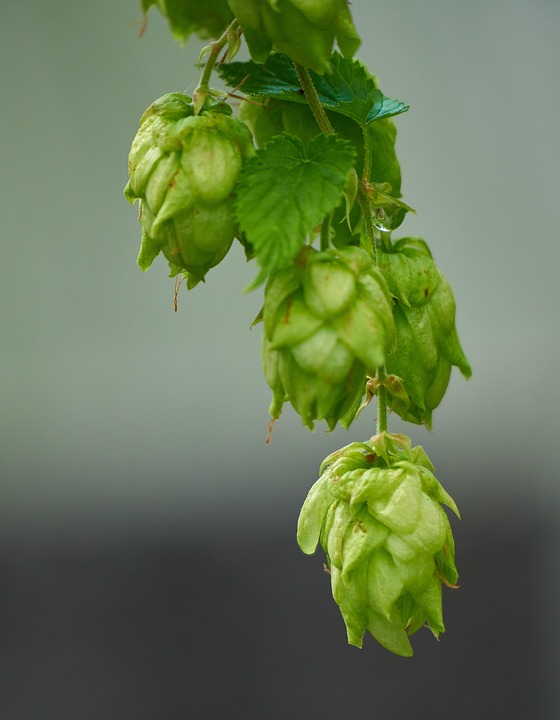Introduction
Smoked beers have gained popularity in recent years for their unique flavor profile that adds a campfire character to malt-forward styles. This report will explore why smoked beers are able to achieve this distinctive taste and how they contribute to the overall beer industry. By examining the process of smoking malt, the impact on flavor profiles, and the market trends surrounding smoked beers, we can gain a deeper understanding of their appeal to consumers.
The Process of Smoking Malt
Smoking Technique
Smoked beers get their characteristic flavor from the use of smoked malt during the brewing process. The malt is smoked over various types of wood, such as beechwood, cherrywood, or peat, which imparts different flavors to the grains. The smoke from the wood penetrates the malt, infusing it with a smoky aroma and taste that carries through to the finished beer.
Impact on Flavor
The smoking process can significantly alter the flavor profile of the beer, adding notes of campfire, bacon, or BBQ to the brew. This unique flavor combination appeals to consumers looking for something different from traditional malt-forward styles. Smoked beers often have a robust and complex taste that pairs well with hearty dishes like grilled meats, stews, and cheeses.
Market Trends and Consumer Demand
Rise in Popularity
Smoked beers have seen a surge in popularity in recent years, with craft breweries across the globe experimenting with different smoking techniques and wood types to create innovative brews. Consumers are drawn to the distinct flavors and aromas of smoked beers, making them a sought-after choice in the craft beer market.
Consumer Preferences
The appeal of smoked beers lies in their ability to offer a unique sensory experience that sets them apart from other beer styles. Consumers who enjoy bold flavors and experimental brews are often drawn to smoked beers for their complex taste profile and intriguing aroma. As craft beer enthusiasts continue to seek out new and exciting flavor experiences, smoked beers are likely to remain a popular choice in the market.
Industry Insights and Financial Data
Key Players in the Market
Several breweries have made a name for themselves in the smoked beer category, producing high-quality brews that showcase the art of smoking malt. One notable example is Schlenkerla Brewery in Bamberg, Germany, known for its Rauchbier (smoked beer) that has become a staple in the industry. Other breweries, such as Alaskan Brewing Co. in the United States and Aecht Schlenkerla Rauchbier in Germany, have also gained recognition for their smoked beer offerings.
Financial Data and Growth Opportunities
The craft beer industry continues to experience steady growth, with smoked beers playing a significant role in driving consumer interest and sales. According to industry reports, the global craft beer market is projected to reach a value of $150 billion by 2026, with smoked beers contributing to this growth. As more breweries experiment with smoked malt and develop innovative flavor profiles, there are ample opportunities for expansion and market penetration in the coming years.
Conclusion
In conclusion, smoked beers add a unique campfire character to malt-forward styles through the process of smoking malt, which imparts a distinctive flavor profile to the brew. Consumers are drawn to the bold and complex taste of smoked beers, making them a popular choice in the craft beer market. With the rise in popularity of smoked beers and the steady growth of the craft beer industry, there are ample opportunities for breweries to explore this innovative beer style and capture the interest of consumers looking for something new and exciting in their beer choices.



